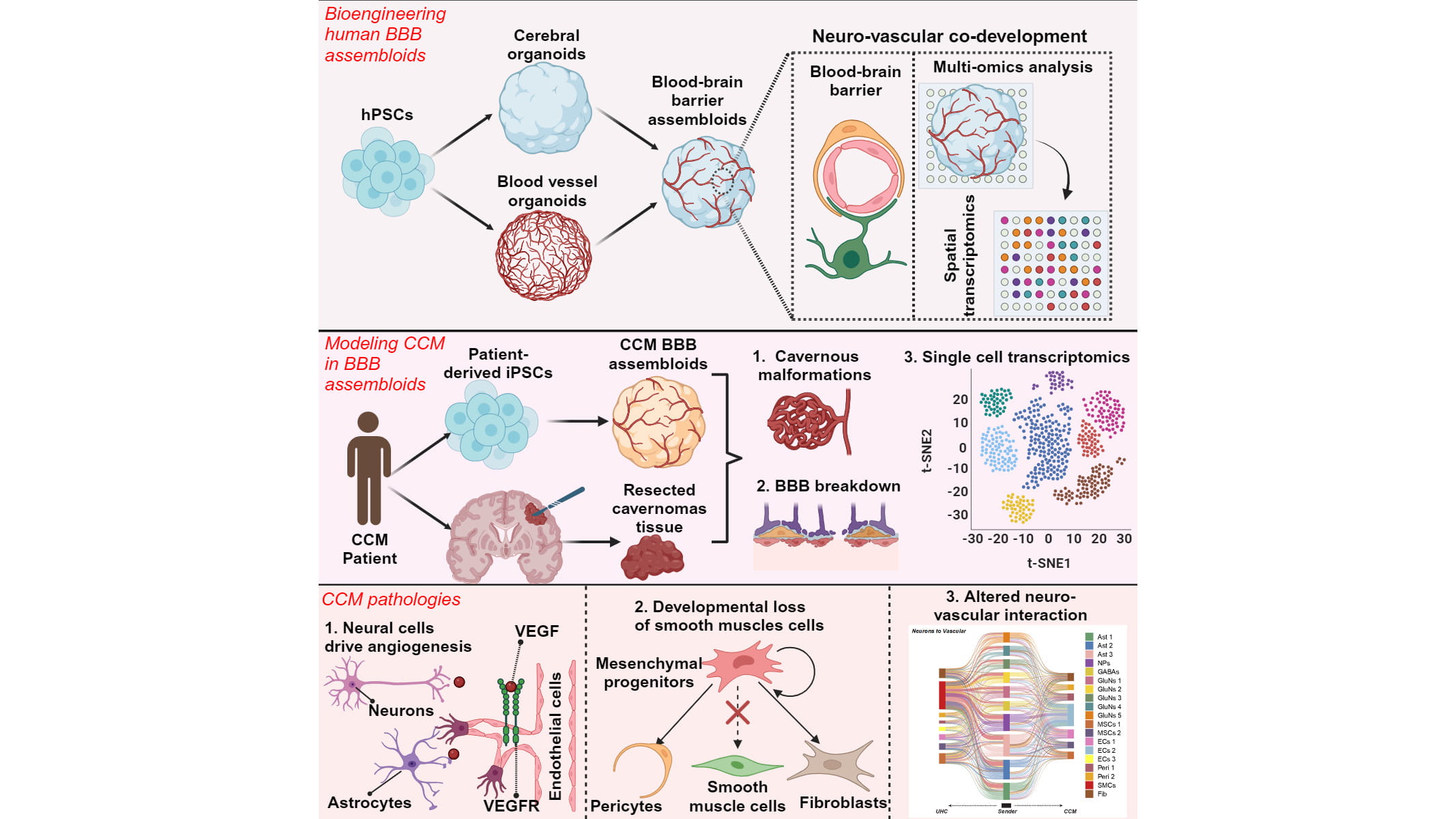Today’s Discoveries, Tomorrow’s Medicines
For over three decades, researchers in the Division of Developmental Biology at Cincinnati Children’s have pioneered groundbreaking discoveries that provide insight into fundamental mechanisms of development, with an end goal of using these discoveries to advance patient care and lead to novel treatments and therapies with improved outcomes.
As a national referral site and recognized leader in clinical care and research, our mission is to enhance child health through the discovery of cellular, molecular and genetic mechanisms controlling embryonic development. We use those findings to determine how disruptions in these processes contribute to disease and inform the development of new treatments and therapies.
Our Research
Our research spans a diverse set of disciplines and examines a multitude of cellular, molecular and systems-based questions. We are a highly collaborative group, partnering with discovery-based scientists and clinicians across various divisions—including Cardiology, Endocrinology, Gastroenterology and Hepatology, Neurology, Nephrology and Hypertension, Orthopaedics, Ophthalmology, Pulmonary Medicine and Surgery—to translate our discoveries into new medicines and treatments.
Our scientists utilize a variety of model systems and approaches to uncover mechanisms that guide organ formation at both a cellular and tissue level, elucidate the developmental basis of disease, and harness the potential of stem cells and organoids for regenerative medicine.
Our five main areas of investigation are:
- Organogenesis and the developmental basis of disease
- Stem cells and organoid medicine
- Neurobiology
- Genetics and genomics of development
- Quantitative systems development






